There’s something magical about the ordinary when you look closely enough. Everyday objects we barely think twice about are hiding fascinating scientific properties beneath their familiar surfaces. From the humble soap bar in your bathroom to the phone in your hand, each has a story to tell—full of unexpected physics, chemistry, and biology. Join me as I peel back the layers of these mundane items to reveal their surprising secrets. It’s a gentle reminder that science is all around us, and even the simplest things can surprise us when we pay attention!
1. Soap Bubbles Reflect the Entire Colour Spectrum

Soap bubbles aren’t just fun to play with; they also act like tiny rainbows. The colours you see are caused by light waves reflecting off the thin film of soapy water. These waves interfere with each other, creating that mesmerising swirl of colours.
2. Pencils Contain the Same Element as Diamonds
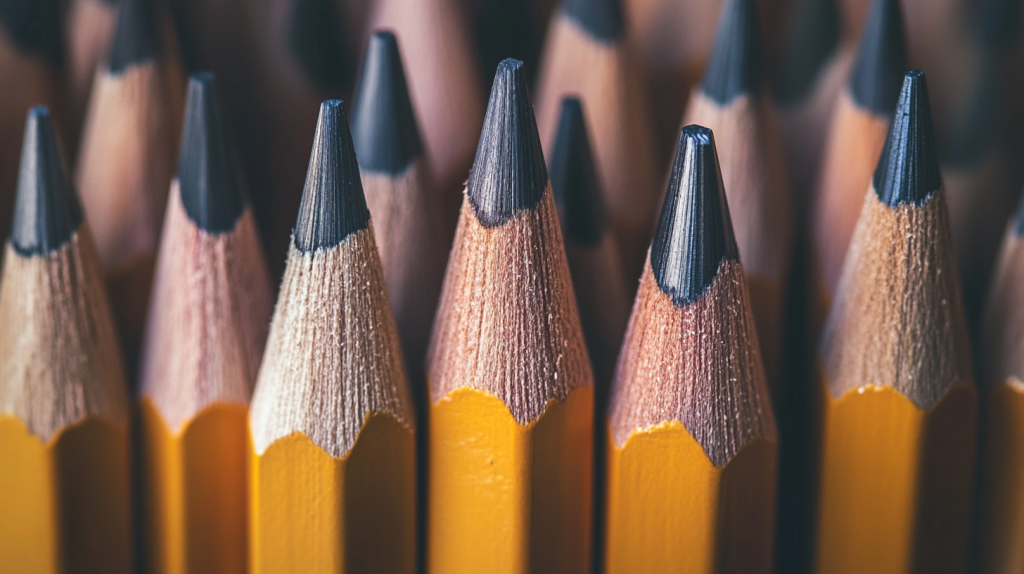
Pencils might seem ordinary, but their “lead” is actually graphite, a form of pure carbon—the same element that forms diamonds. While they have very different structures, both materials are made of carbon atoms, showing how structure alone can change a substance dramatically.
3. Ice Is Slippery Due to a Thin Layer of Water
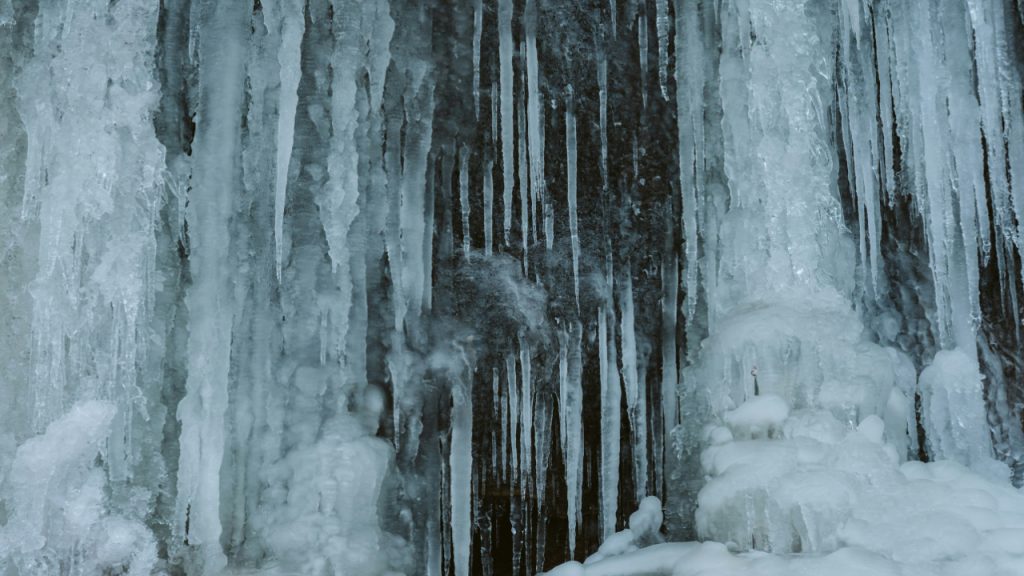
Ever wonder why ice is so slippery? It’s not just cold, it also creates a thin layer of water on its surface when pressure is applied. This water layer reduces friction, making ice dangerously slick.
4. Microwave Ovens Use Waves to Vibrate Water Molecules

Microwaves cook your food using electromagnetic radiation, but what’s really happening is that water molecules in your food vibrate when exposed to microwave energy. This movement generates heat, cooking the food from the inside out.
5. Chalk Is Made from Ancient Marine Life

The chalk you use to write on a blackboard comes from ancient marine organisms. Specifically, chalk is composed mostly of calcium carbonate, formed from the shells of microscopic plankton that lived millions of years ago.
6. Balloons Stick to Walls Because of Static Electricity

Rub a balloon on your head and it sticks to the wall—thanks to static electricity. The friction between the balloon and your hair transfers electrons, creating an electric charge. Opposites attract, so the negatively charged balloon clings to positively charged surfaces like walls.
7. Aluminium Foil Reflects Heat, but It Doesn’t Prevent It
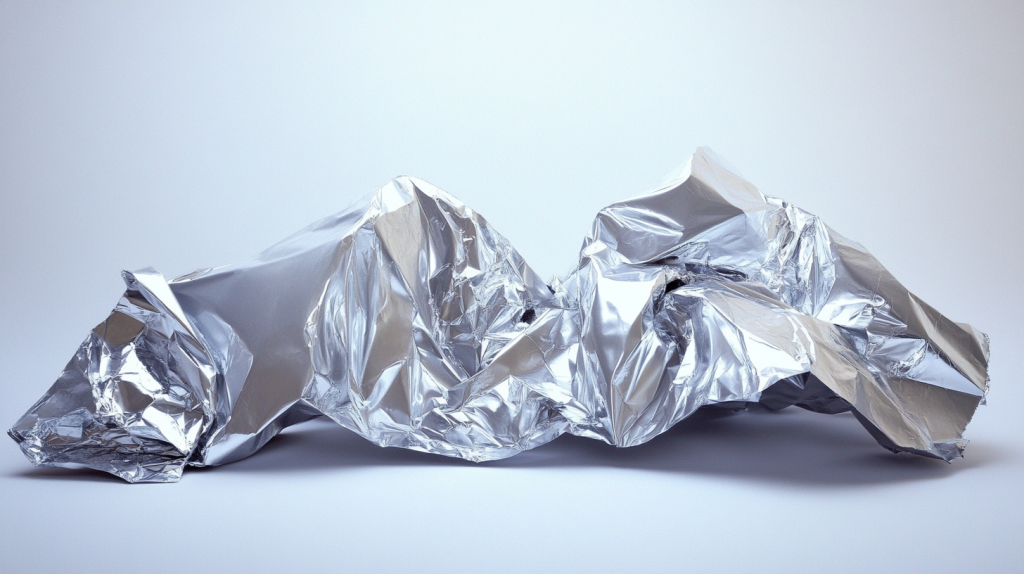
Many people think aluminium foil prevents heat, but it actually reflects it. That shiny surface bounces radiant heat waves, making it ideal for keeping food warm—or cold—by redirecting heat energy away from or towards the food.
8. Coffee Stains Have a Ring Shape Because of Physics
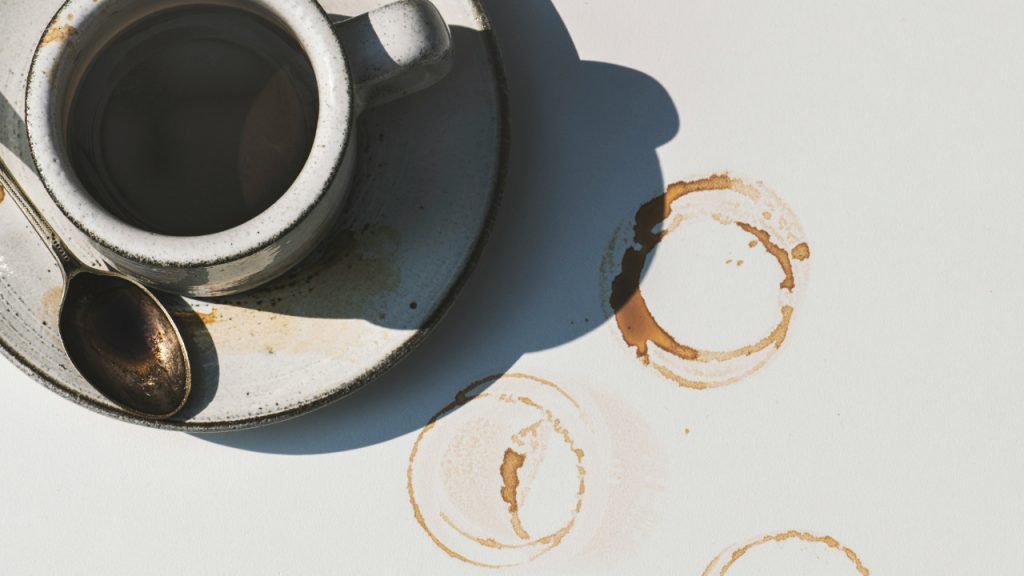
Ever notice how coffee stains dry into rings rather than a solid spot? This is due to the “coffee ring effect.” As the liquid evaporates, it pulls the coffee particles outward, concentrating them around the edges of the spill.
9. Rubber Bands Shrink When Heated

While most materials expand when heated, rubber bands do the opposite—they shrink! The heat causes the rubber molecules to move more, but instead of stretching, the molecular chains coil up, making the band contract.
10. Glass Is Technically a Liquid (But It Doesn’t Flow)

Though it looks solid, glass is actually an “amorphous solid,” which means its molecules are arranged more like a liquid. However, glass flows so slowly that it appears solid and behaves like one in everyday life.
11. Paperclips Have a Memory—Shape Memory Alloy

Some paperclips are made of a special material called a shape memory alloy. When bent and heated, they return to their original shape. This is because the alloy “remembers” the shape it was formed into at high temperatures.
12. Toothpaste Contains Abrasives to Scrub Your Teeth
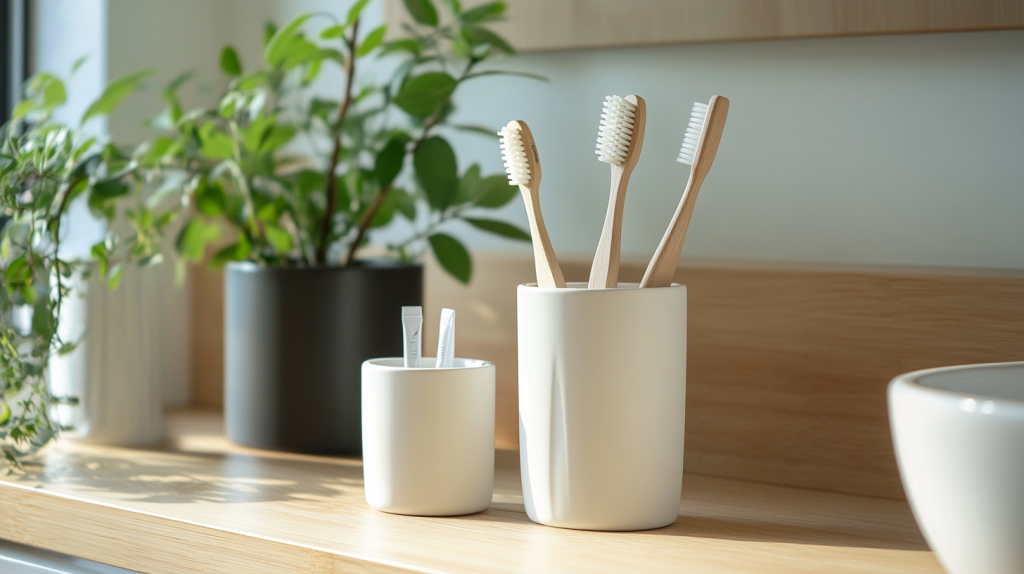
Your toothpaste isn’t just minty; it also contains tiny abrasives like calcium carbonate or silica. These particles help scrub away plaque and stains while being soft enough not to damage your enamel.
13. Sponges Clean by Creating Friction at a Microscopic Level
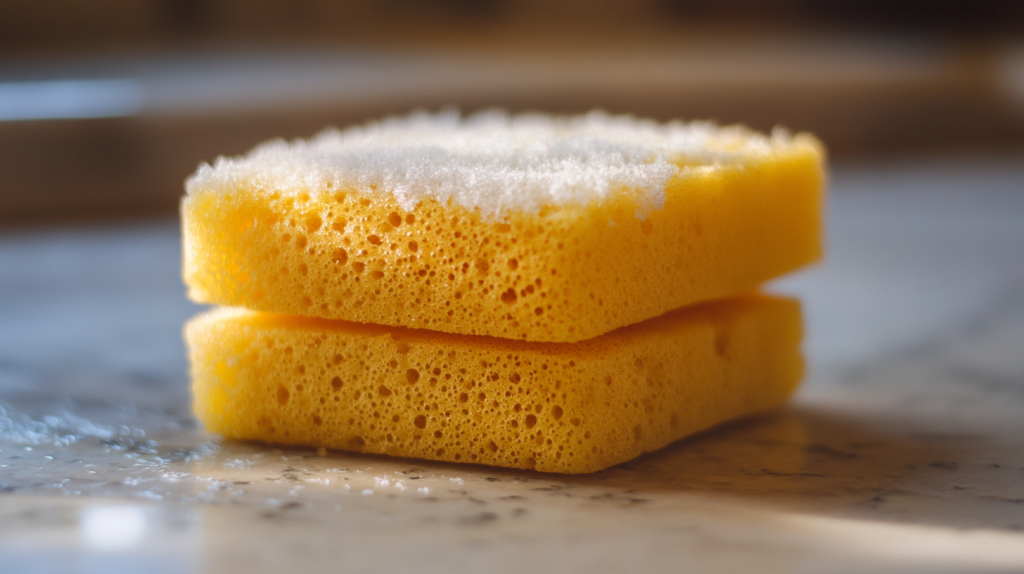
A sponge might feel soft, but its texture allows it to clean by creating tiny points of friction. The small openings grab dirt particles while the friction dislodges them from surfaces.
14. Silica Gel Packs Absorb Moisture to Keep Things Dry
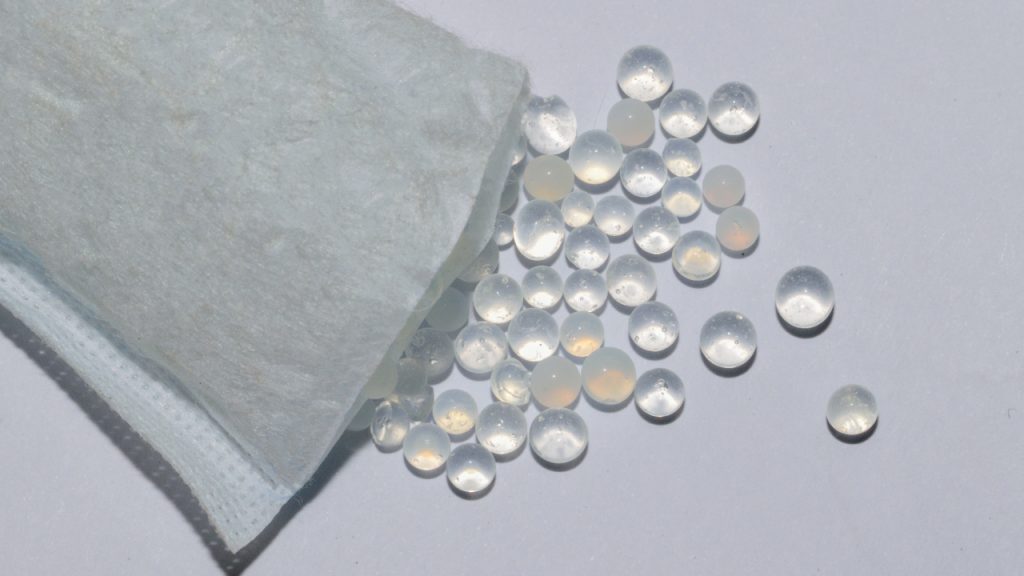
The silica gel packs you find in boxes or bags are there to keep moisture at bay. Silica gel has a large surface area that absorbs water vapour, protecting products from mould and deterioration.
15. Mirrors Don’t Just Reflect Light—They Flip It

Mirrors are known for reflecting light, but they also “flip” the image horizontally. This is because light waves bounce off the surface at the same angle they hit, but the orientation of the image appears reversed to us.
16. Your Phone Screen Uses Liquid Crystals

The display on your smartphone uses liquid crystal technology (LCD). These crystals can flow like a liquid but maintain the ordered structure of a solid, allowing them to respond to electric currents to form images on your screen.
17. Tea Bags Release More Flavour with Hotter Water
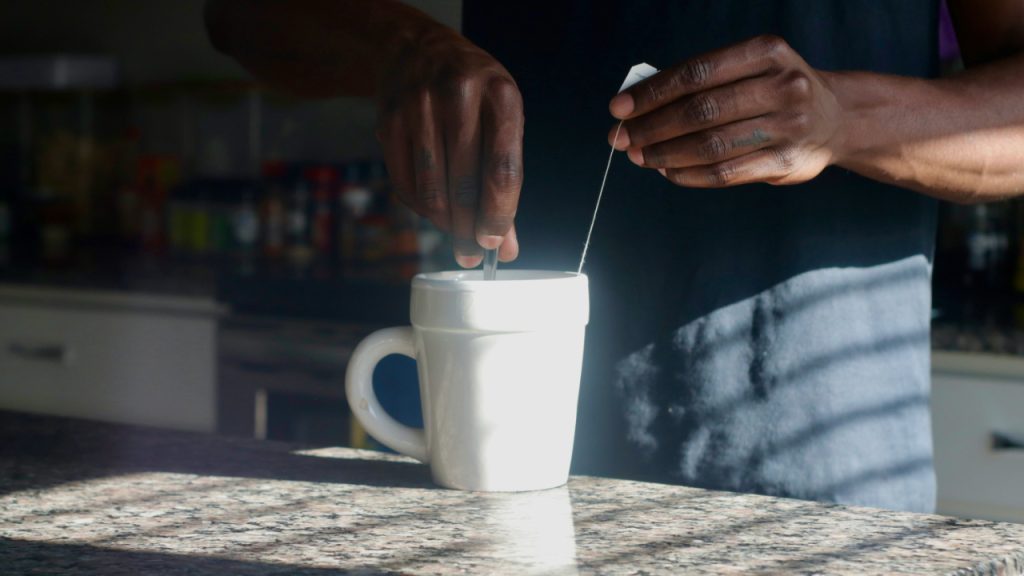
Ever noticed how tea tastes stronger with hot water? Hot water molecules move faster and can dissolve the chemicals in tea leaves more quickly and efficiently, releasing more flavour compounds in a shorter time.
18. Ice Cubes in Salt Water Melt Slower Than in Fresh Water
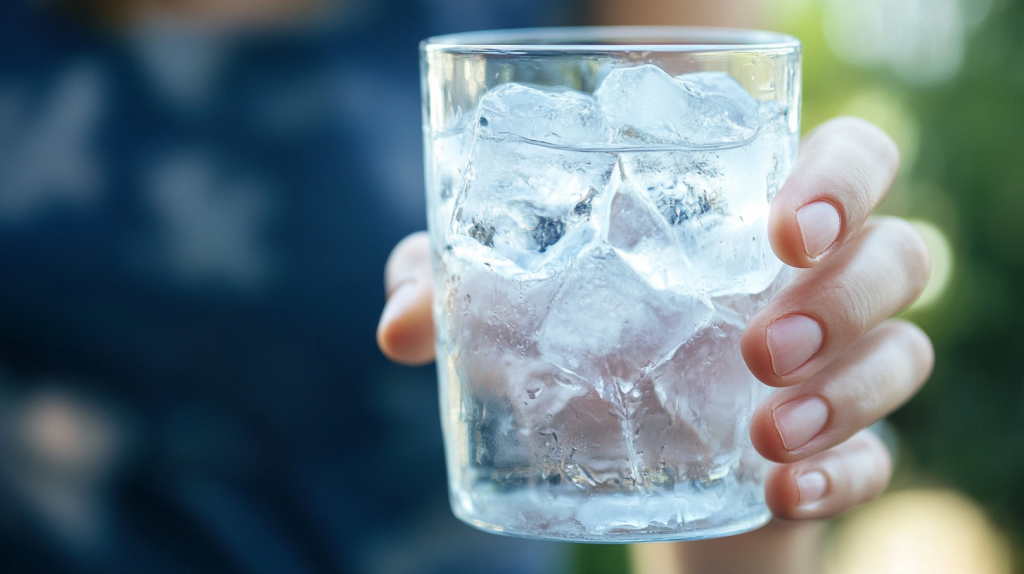
Salt lowers the freezing point of water, which is why ice melts slower in saltwater. The salt interferes with the ice’s ability to form solid bonds, keeping it in a semi-melted state for longer compared to fresh water.
19. Velcro Mimics Nature’s Burrs

Velcro was inspired by the burrs that stick to your clothes after a walk in the woods. The hooks on burrs latch onto loops in fabric, just like the small hooks and loops on Velcro fasten together.
20. Candles Burn Because of Vaporised Wax

When you light a candle, you’re not actually burning the wick but vaporised wax. The heat from the flame melts the wax, which then rises into the wick, where it vaporises and combusts, keeping the flame going.
17 Old Wives’ Tales That Are Actually True
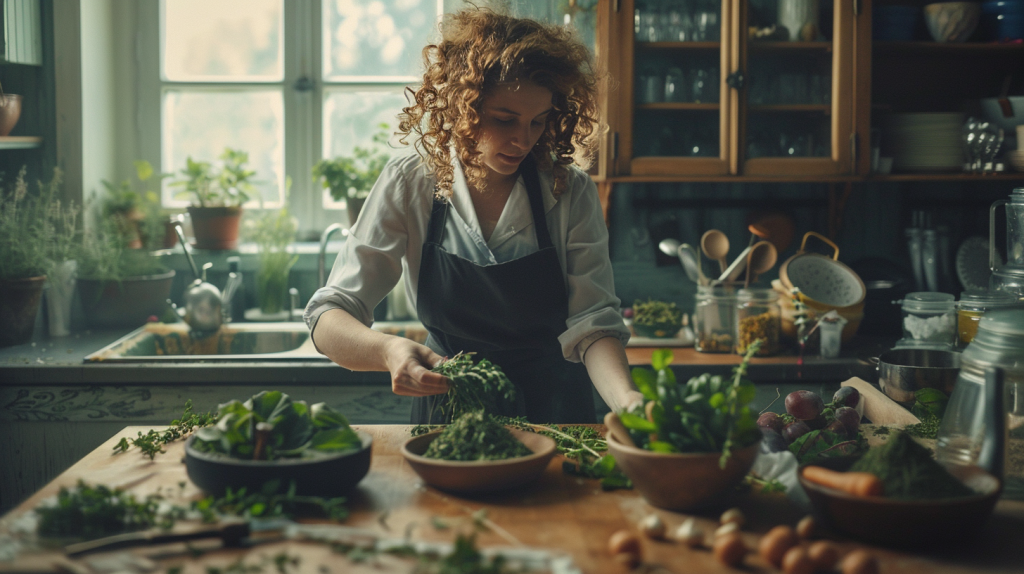
Old wives’ tales have been passed down through generations, often dismissed as mere superstition. However, many of these age-old beliefs are rooted in truth. From health tips to weather predictions, these stories from the past can surprise us with their accuracy. Here are 17 old wives’ tales that are actually true.
Read More: 17 Old Wives’ Tales That Are Actually True
Ellen has been obsessed with logic puzzles, jigsaws, and cryptograms since she was a kid. After learning she was taught how to play chess wrong by a family friend (so they could win), she joined her school chess club and the rest is history.


